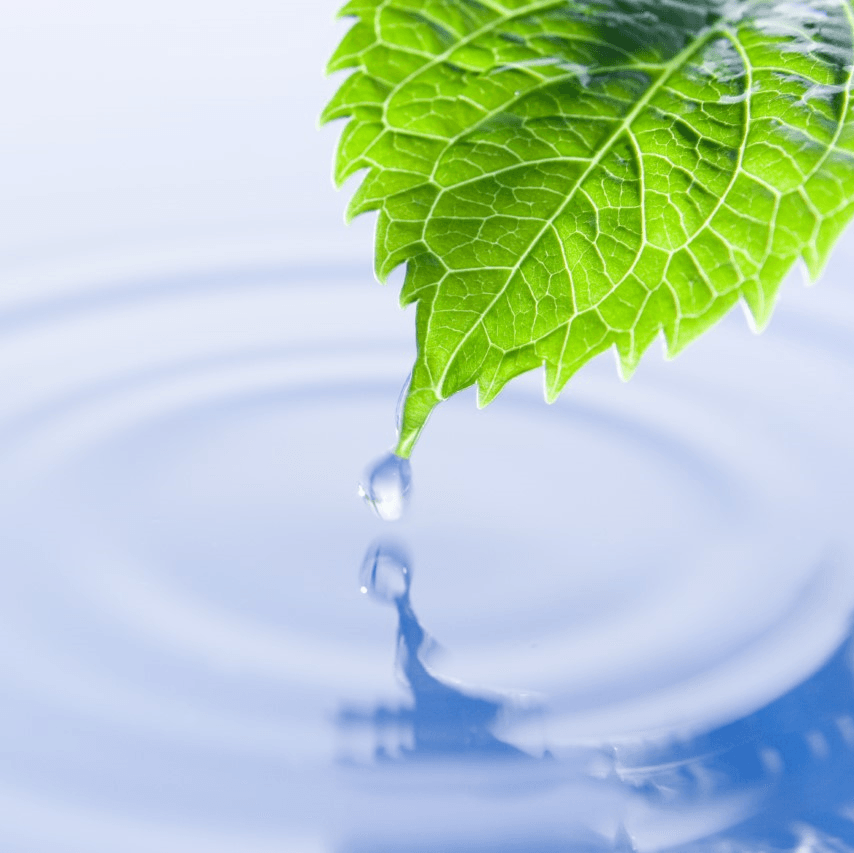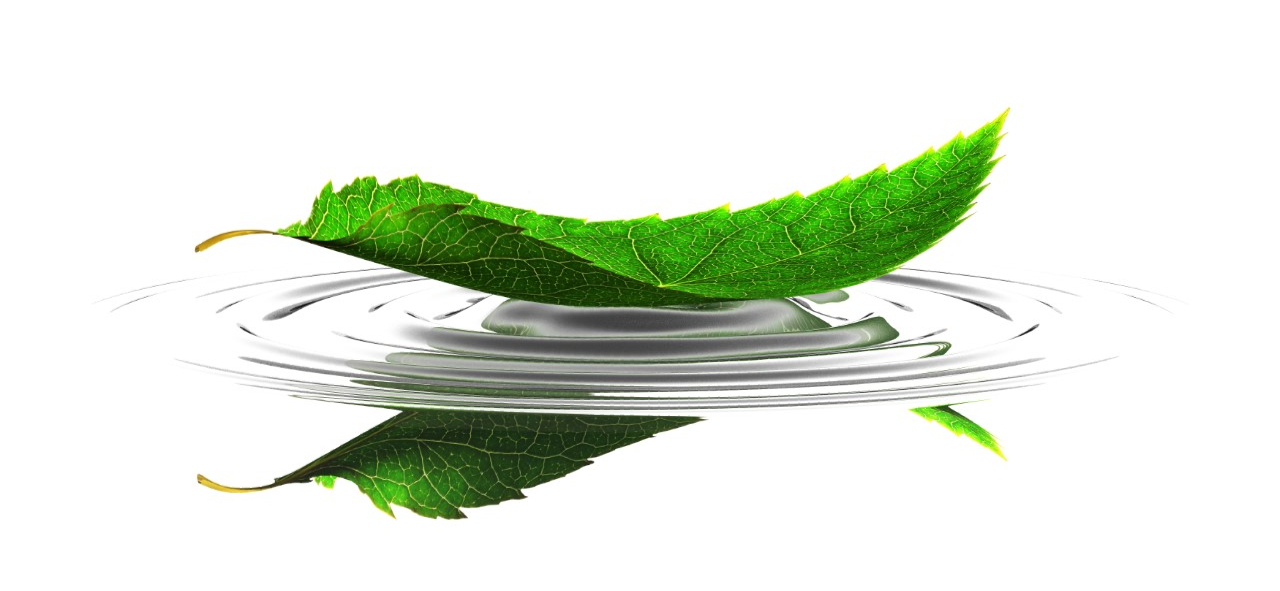What is Aquamation?
Water-based Aquamation is a method of final disposition. Aquamation does in hours what nature does in months and years as part of nature’s course when a body is laid to rest. Through a combination of water flow, temperature, and alkalinity, we accelerate nature’s process of tissue hydrolysis to return the body to its natural form.
We find that many families are grateful to have a choice, and some prefer a process that does not use fire or flame. Many believe this to be a gentle option, and value the decreased carbon foot print it leaves.
With Aquamation, an individual body is gently placed in a container that is then placed in a sterile stainless steel vessel. A combination of 95% water and 5% alkali (sodium and potassium hydroxide) are used, in the process of tissue hydrolysis. These alkalis are safe for the environment and are the same alkalis that are used in many common household products.
Aquamation Facts
- A flameless process of disposition that uses water instead of fire.
- No emissions of harmful greenhouse gasses or mercury.
- With Aquamation, the purchase of a casket is not required. This helps to reduce the total cost of Aquamation.
- The word Hydrolysis comes to us from Ancient Greek hydro-, meaning “water”, and lysis, meaning “to unbind”.
- Hydrolysis is a chemical reaction in which a molecule of water causes a large molecule to break into one or more smaller molecules.
- Hydrolysis is the reverse of Condensation - the process adds water to break down, whereas condensation builds up by removing water.
Aquamation FAQ's
Do Ashburnham Funeral Home & Community Alternative Funeral Home offer all methods of disposition?
Why choose water-based Aquamation?
Many families are grateful to now have an additional choice in regards to disposition after a death has occurred. Some prefer a process that does not involve fire and flame, and appreciate that our process leaves a very small carbon footprint with decreased environmental impact. In addition, Aquamation provides families with 20% more of their loved one's aquamated remains, and they will be white in colour - not grey or brown.
How does the Aquamation process work?
Are the Aquamated remains sterile and safe to handle?
Do you Aquamate more than one person at a time, and how do I know I'm getting my loved one's ashes back?
Is acid used in the Aquamation process?
Does the Aquamation process boil the body?
Do people choose Aquamation only to save money?
Is it legal to scatter the Aquamation remains of our loved one in Ontario?
Do pacemakers and other medical implants need to be removed prior to Aquamation?
What are other reasons people may choose Aquamation?
- Many people believe that Aquamation is an extremely environmentally-friendly choice - because there are almost zero emissions admitted into the atmosphere during this process. Many families believe this to be a gentle process and prefer a process that offers:
- No vapourized mercury emissions and no filtration or abatement systems required. Mercury from dental amalgam is contained and recycled, not vapourized.
- Caskets are not burned, which protects our natural resources and produces a decreased carbon footprint
- By-product (effluent) is safe with no harmful chemical or microbial contamination.
- Preserves up to 20% more of your loved one's remains.
- Embalming fluid is neutralized and cytotoxic drugs are destroyed in the process.
- Pacemakers do not need to be surgically removed prior to the process.
- Medical implants are unaffected by the process and can possibly be recycled






